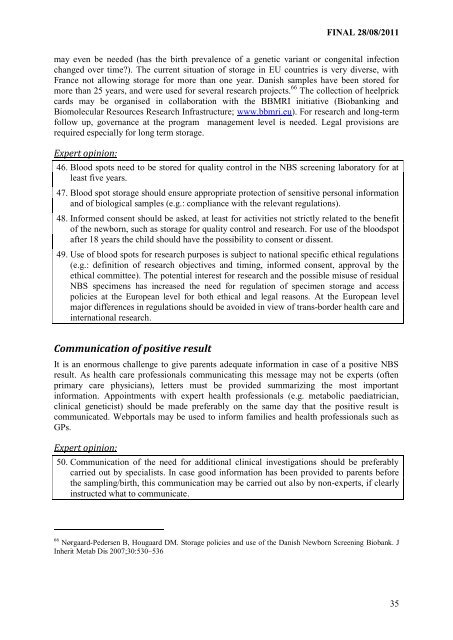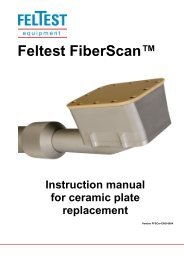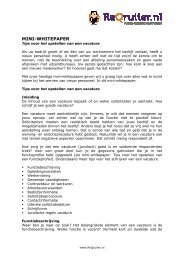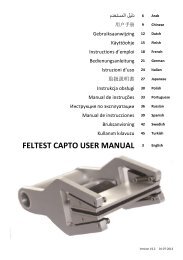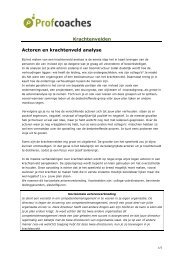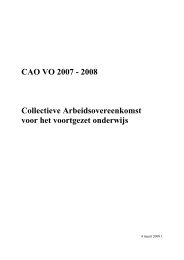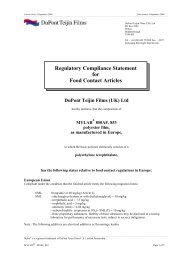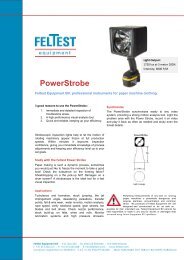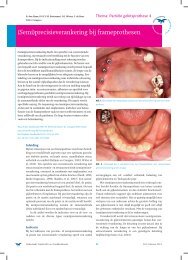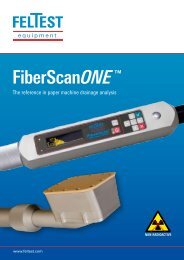Newborn screening in Europe Expert Opinion document
Newborn screening in Europe Expert Opinion document
Newborn screening in Europe Expert Opinion document
You also want an ePaper? Increase the reach of your titles
YUMPU automatically turns print PDFs into web optimized ePapers that Google loves.
FINAL 28/08/2011may even be needed (has the birth prevalence of a genetic variant or congenital <strong>in</strong>fectionchanged over time?). The current situation of storage <strong>in</strong> EU countries is very diverse, withFrance not allow<strong>in</strong>g storage for more than one year. Danish samples have been stored formore than 25 years, and were used for several research projects. 66 The collection of heelprickcards may be organised <strong>in</strong> collaboration with the BBMRI <strong>in</strong>itiative (Biobank<strong>in</strong>g andBiomolecular Resources Research Infrastructure; www.bbmri.eu). For research and long-termfollow up, governance at the program management level is needed. Legal provisions arerequired especially for long term storage.<strong>Expert</strong> op<strong>in</strong>ion:46. Blood spots need to be stored for quality control <strong>in</strong> the NBS <strong>screen<strong>in</strong>g</strong> laboratory for atleast five years.47. Blood spot storage should ensure appropriate protection of sensitive personal <strong>in</strong>formationand of biological samples (e.g.: compliance with the relevant regulations).48. Informed consent should be asked, at least for activities not strictly related to the benefitof the newborn, such as storage for quality control and research. For use of the bloodspotafter 18 years the child should have the possibility to consent or dissent.49. Use of blood spots for research purposes is subject to national specific ethical regulations(e.g.: def<strong>in</strong>ition of research objectives and tim<strong>in</strong>g, <strong>in</strong>formed consent, approval by theethical committee). The potential <strong>in</strong>terest for research and the possible misuse of residualNBS specimens has <strong>in</strong>creased the need for regulation of specimen storage and accesspolicies at the <strong>Europe</strong>an level for both ethical and legal reasons. At the <strong>Europe</strong>an levelmajor differences <strong>in</strong> regulations should be avoided <strong>in</strong> view of trans-border health care and<strong>in</strong>ternational research.Communication of positive resultIt is an enormous challenge to give parents adequate <strong>in</strong>formation <strong>in</strong> case of a positive NBSresult. As health care professionals communicat<strong>in</strong>g this message may not be experts (oftenprimary care physicians), letters must be provided summariz<strong>in</strong>g the most important<strong>in</strong>formation. Appo<strong>in</strong>tments with expert health professionals (e.g. metabolic paediatrician,cl<strong>in</strong>ical geneticist) should be made preferably on the same day that the positive result iscommunicated. Webportals may be used to <strong>in</strong>form families and health professionals such asGPs.<strong>Expert</strong> op<strong>in</strong>ion:50. Communication of the need for additional cl<strong>in</strong>ical <strong>in</strong>vestigations should be preferablycarried out by specialists. In case good <strong>in</strong>formation has been provided to parents beforethe sampl<strong>in</strong>g/birth, this communication may be carried out also by non-experts, if clearly<strong>in</strong>structed what to communicate.66 Nørgaard-Pedersen B, Hougaard DM. Storage policies and use of the Danish <strong>Newborn</strong> Screen<strong>in</strong>g Biobank. JInherit Metab Dis 2007;30:530–53635


